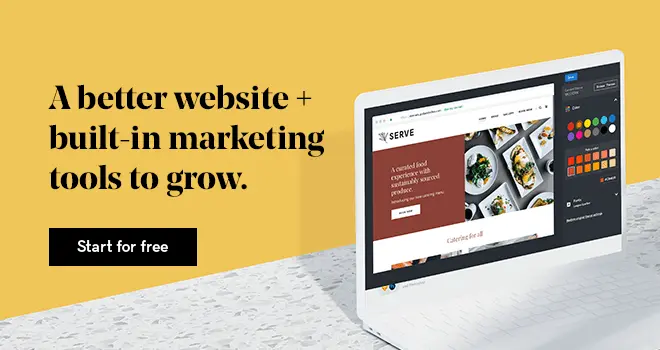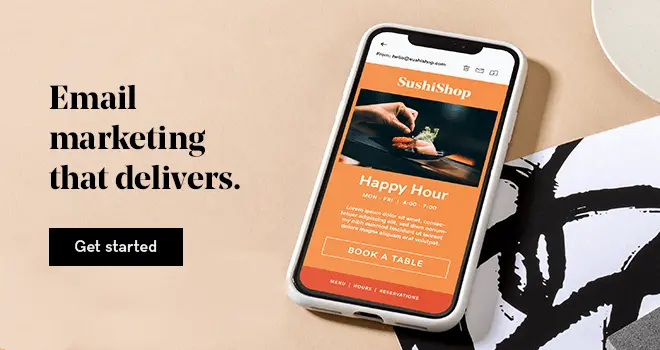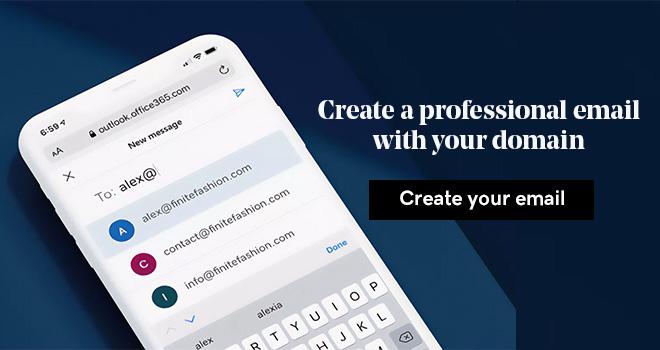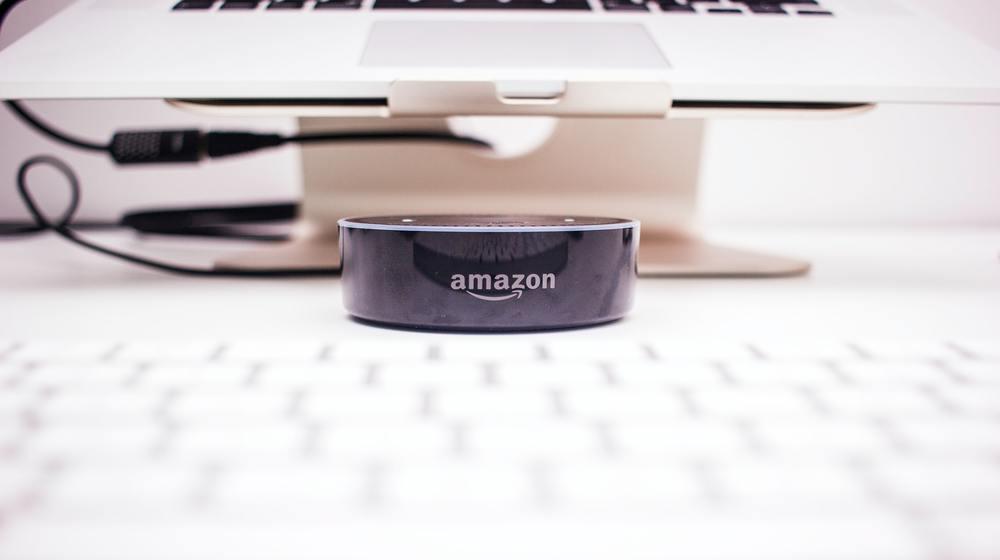Of all the different marketing channels, personalized email marketing stands above the rest. In fact, email marketing, in general, has been shown to produce a return on investment of $44 for every $1 invested because it stimulates both new and return sales. If you’re not a believer, take a look at these amazing email personalization stats:
- Emails with personalized subject lines experience an increased open rate of 26 percent.
- Personalized emails promote transaction rates by 600 percent.
- Personalized email messages produced an 18.8 percent open rate compared to 13.1 percent open rate for emails without personalization.
- 33 percent of marketers believe email personalization to be one of the most crucial elements to the future of marketing.
By sending personalized email marketing campaigns, you are effectively breaking through the noise in the inbox and connecting directly with your reader, whether he or she is just getting to know your brand or is a loyal customer.
In this article we will answer a few of your burning questions, like:
- What is personalized email marketing?
- Why do personalized email marketing? And an example.
- How to use personalized email marketing?
Let’s jump right to it, shall we.
What is personalized email marketing?
As opposed to sending out a blank email campaign to everyone on your contact list. Personalized email marketing consists of a targeted, subject-specific message sent to a relevant segment of your list.
The challenge, of course, being that you need to have your contact list segmented by the products or services they prefer.
Why do personalized email marketing and an example
For instance, let’s say you run a juice bar, and you proudly serve everything from fresh-squeezed orange juice to ginger lemonade to organic beet juice.
Your orange juice customers absolutely love buying juice from you, why? Because the oranges are sweet, and there’s just enough pulp in every cup. The ginger lemonade customers love the tang of your lemonade mixed with the hearty spice of the ginger. And the organic beet juice customers love that you make a delicious, nutrient-rich beet juice right on the spot. Essentially, you have three customer segments:
- Orange juice drinkers
- Ginger lemonade drinkers
- Organic beet juice drinkers

Let’s assume all of your customers sign up for your mailing list because they want to know what juice concoctions you’re cooking up at the bar, and they absolutely love receiving promotions and coupons.
Now let’s say that you have a fresh batch of beets, and you are making a special turmeric beet juice blend. A novice email marketer would send out an email blast to everyone on the list to let them know of the beet juice bonanza, but an expert email marketer would send a targeted message to the beet juice segment letting them know about the new limited batch.
By sending a beet-specific message to the beet juice drinker segment, you’ve successfully personalized email marketing and most likely created a lift in sales.
Editor’s note: GoDaddy Email Marketing makes it easy to add a signup form to your website to gather email addresses from visitors.
How to use personalized email marketing

You can start sending personalized email messages in a few simple steps:
- Include the right fields in your email subscription form
- Segment your current lists
- Send targeted email marketing campaigns
Let’s study them one by one:
Step 1: Include the right fields in your email subscription form
It’s all about being smart from the start. When a new prospect is signing up for your email list, ask them about their interests.
For example, If you’re a groomer, are they interested in organic beauty products for the pets or discounts on grooming appointments? If you’re a restaurant, what is their favorite entree? If you’re a real estate agent, what is their greatest consideration when looking at a new neighborhood?
Treat the subscription experience like a “getting to know you” moment.
Step 2: Segment your current lists
If you don’t already have the necessary information to identify and create customer segments in your email list, it’s not a problem. To create segments, consider creating a survey and segment your customers based on their responses. There are a few different survey tools to consider here:
- Survey Monkey offers a free version with 10 questions and up to 100 responses allowed, but it does not provide exporting.
- Typeform also offers a free version with unlimited questions, answers, and data export capabilities.
- Google Forms is a great tool to use if you currently have a Google account. It allows for unlimited surveys, respondents, skip logic, and it will export all of the data into a Google Sheet for easy review.
Once you have your survey responses, you can sort your respondents, split them into lists, and upload into your email marketing tool.
Step 3: Send targeted email marketing campaigns
Now armed with your segmented email contact lists. You can create personalized email marketing campaigns and send to each respective list.
But segmenting and targeting are only half of the equation.
You need to personalize the email itself to make it clear that you are writing directly to each and every recipient. That’s where personalized email subject line, custom greeting and custom body fields come into play.
- Personalized subject line. Depending on which email marketing platform you use, you might have the ability to personalize your email subject line with the recipient’s name. Considering that the average person receives upwards of 90 emails per day, spicing up the subject line with personalization may be just what you need to get your email opened and clicked.
- Custom greeting. You’ll most likely have the ability to add a custom greeting to the body of your email. The custom greeting plays off the psychological principle of mentioning someone’s name, which is an old sales trick.
If you mention someone’s name in conversation, you are acknowledging their identity and boosting their self-esteem. Why ? because a person’s name is part of who they are.
A reader is more likely to remember what you wrote to them (and might even take action) because you mentioned their name.
- Custom body fields. Custom body fields allow you to dive even deeper into the world of personalized email marketing. And that is by mentioning other data points relevant to the reader. For instance, let’s say that you have the contact’s first/last name and company name stored in your email marketing CRM. You can add a custom body field in your email campaign to make explicit mention of the reader’s company. By mentioning other information that relates to the reader, what is the point ? It elevates the personalization of the message and makes them more apt to engage and convert with your brand.
If you use the GoDaddy Website Builder you get to send 25,000 email sends per month as part of the package.
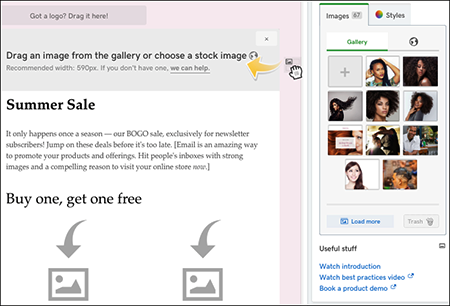
Related: if this is a little theoretical and you would like to get more technical and apply the knowledge you just gathered, this step-by-step video guide will show you how.
Putting it all together
Email marketing is more efficient than any marketing channel, but only if you use it properly. Avoid sending out general email blasts, and target your messaging to provide a more personalized email marketing experience. To show them that you know them, try using a personalized email subject line, custom greeting and custom body fields.

